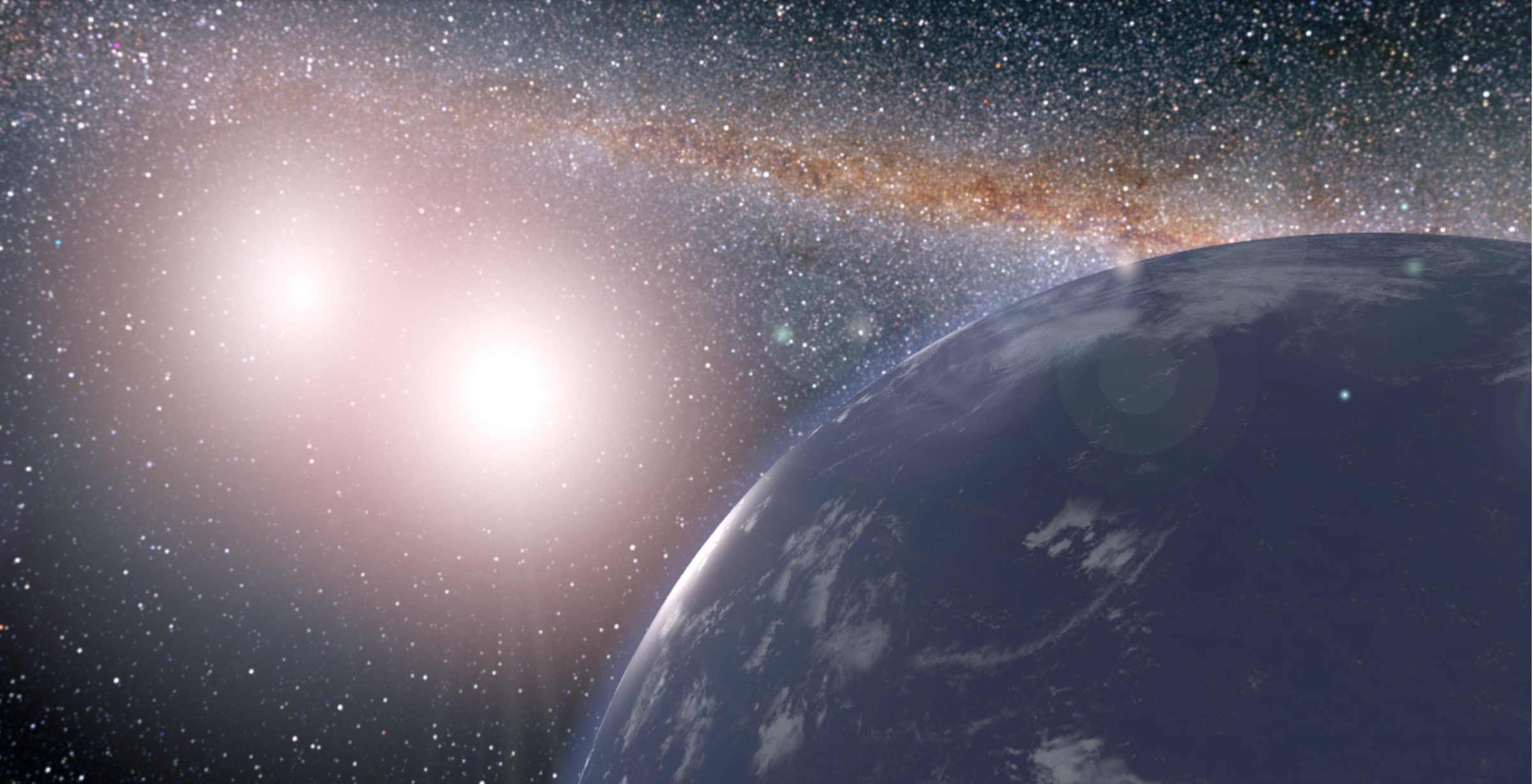How much water lurks beneath an exoplanet's surface? New tool could help astronomers tell
A new technique could help determine how much water is locked up in minerals beneath an exoplanet's surface.

Astronomers hunting for water on alien planets have a new tool in their arsenal.
This comes in the form of a water-hunting technique that uses an exoplanet's size to estimate how much of this vital ingredient for life as we know it dwells beneath its surface.
The tool could also help astronomers better understand how extrasolar planets that are born around violent young stars "bounce back" from their fiery births and tumultuous early years.
Related: The 10 most Earth-like exoplanets
When we think of a planet's water content, we usually imagine vast oceans or flowing rivers, but scientists know a great deal of water can be "locked up" in rocks and minerals deep below the surface.
Researchers from the University of Cambridge in England developed a model that can predict how many water-rich minerals lurk inside a planet. These minerals can "soak up" water and cycle it back to the surface, potentially refilling oceans that may have been boiled away by violent stellar activity in the form of intense heat and radiation.
This is particularly relevant for planets orbiting the most common stars in the Milky Way, red dwarfs or M-type stars, which in their youth are known to release intense bursts of radiation that can blast nearby planets and bake off their surface water.
Breaking space news, the latest updates on rocket launches, skywatching events and more!
"We wanted to investigate whether these planets, after such a tumultuous upbringing, could rehabilitate themselves and go on to host surface water," Claire Guimond, lead author of the new study and a doctoral student in Cambridge's Department of Earth Sciences, said in a statement.
Guimond and her team demonstrated that interior water could replenish water at the surface of a planet once the world's host star had matured and cooled.
"The model gives us an upper limit on how much water a planet could carry at depth, based on these minerals and their ability to take water into their structure," she continued.
How interior water could refresh the surface of heat-ravaged planets
The team found that a planet's size is integral to how much water it can store, because this determines the amount of water-rich minerals that can dwell beneath its surface. This doesn't necessarily mean that larger planets have larger water reserves, though.
Previous studies have demonstrated that larger planets between two to three times the size of Earth have drier rocky mantles. This is because the upper mantle, where a planet's interior water is stored, makes up a smaller proportion of the mass of larger planets.
The temperature and pressure in the upper mantle are ideal for creating green-blue minerals called wadsleyite and ringwoodite, both of which can soak up water. This layer of rock is also situated within the reach of volcanoes, meaning water can be carried to the surface by volcanic activity, hitting the atmosphere as steam. The process could also carry other ingredients vital for life from the planet's interior to its surface, researchers said.
The team's findings could help scientists determine which planets to target first in the search for alien life.
"This could help refine our triaging of which planets to study first," said study co-author Oliver Shorttle, a researcher in Cambridge's Department of Earth Sciences and Institute of Astronomy researcher. "When we're looking for the planets that can best hold water, you probably do not want one significantly more massive or wildly smaller than Earth."
The research could also be significant when investigating another world much closer to home — Venus. Venus is similar in size to Earth and is in the habitable zone of the sun but is a barren hellscape and the hottest planet in the solar system.
Planetary scientists suspect that Venus had lots of surface water in the ancient past. If that is indeed the case, Venus must have found a way to cool itself and regain surface water after being born around a fiery sun, and Shorttle thinks it's possible that Venus tapped into its interior water in order to do this.
The team's research was published in January in the journal Monthly Notices of the Royal Astronomical Society.
Follow us on Twitter @Spacedotcom and on Facebook.

Robert Lea is a science journalist in the U.K. whose articles have been published in Physics World, New Scientist, Astronomy Magazine, All About Space, Newsweek and ZME Science. He also writes about science communication for Elsevier and the European Journal of Physics. Rob holds a bachelor of science degree in physics and astronomy from the U.K.’s Open University. Follow him on Twitter @sciencef1rst.
